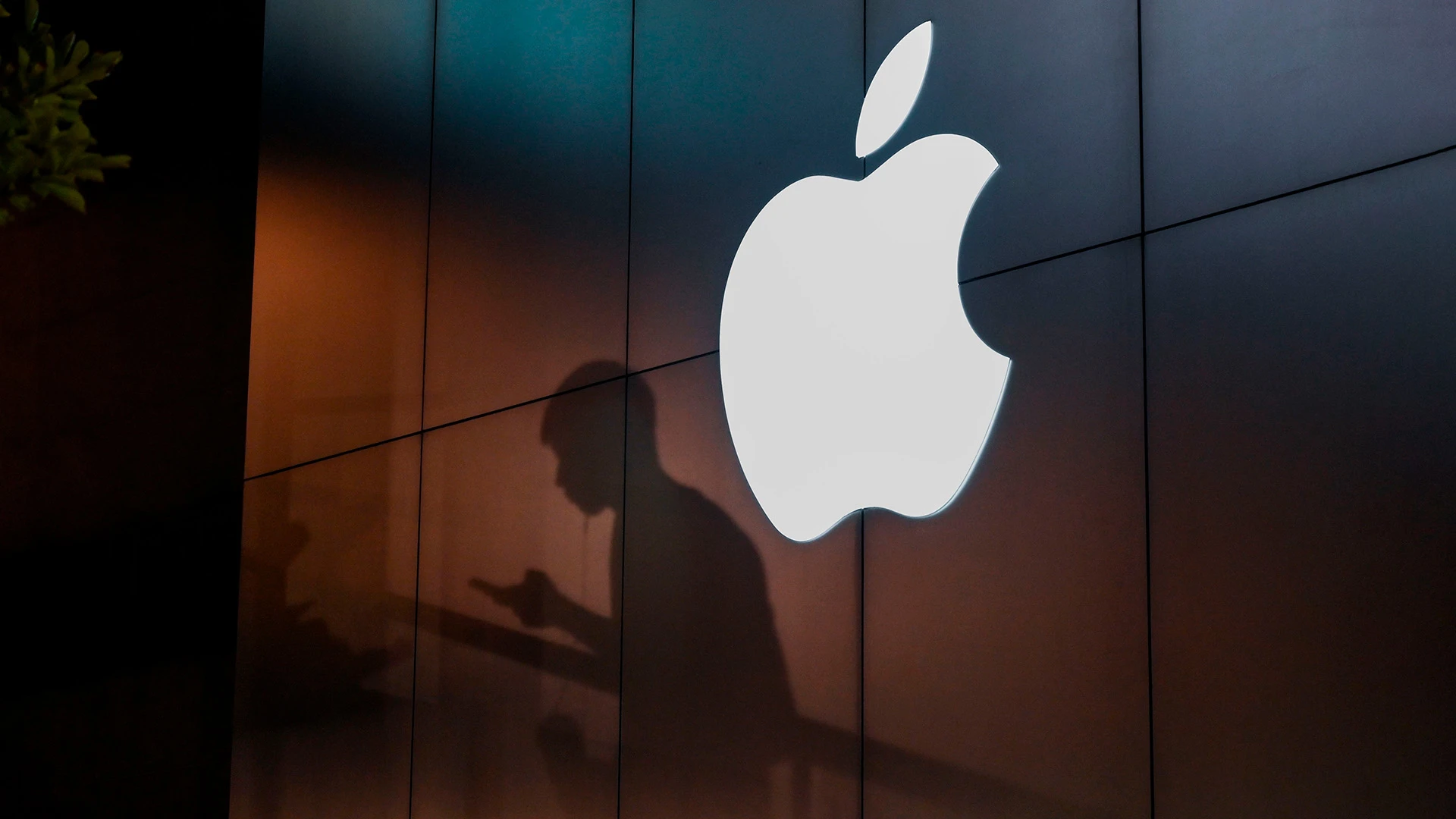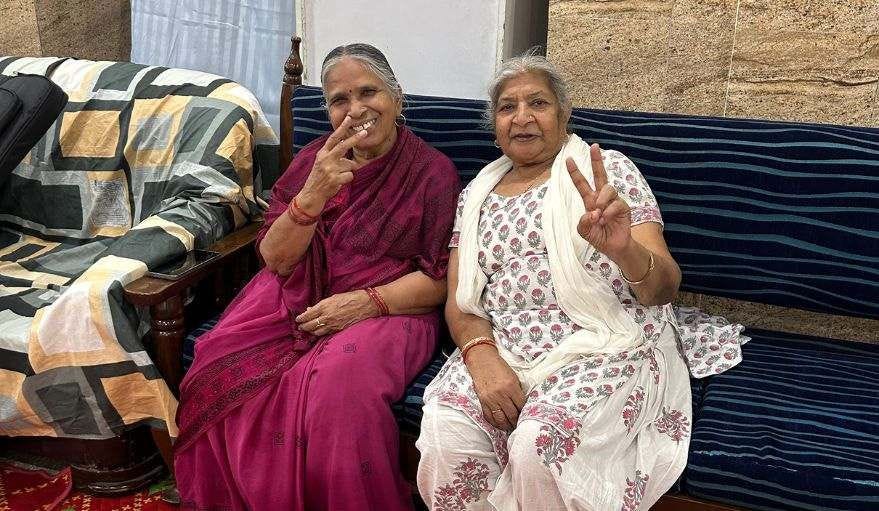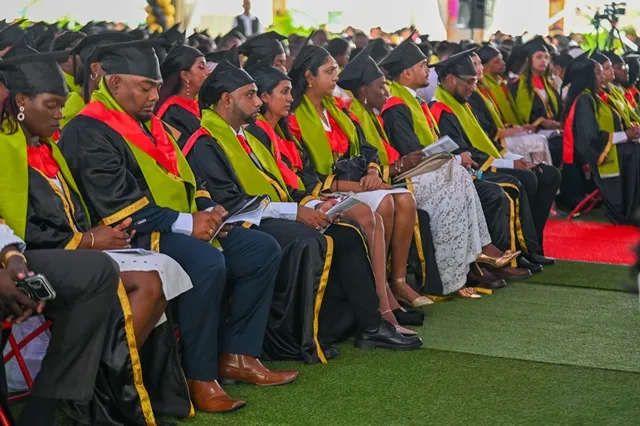Introduction: Creativity in the Time of Oil
Amid the hum of oil drills and the clink of construction in booming Guyana, another sound is rising: the strum of a guitar in a new music studio, the clatter of a film slate on a set, the hush in a gallery unveiling contemporary Indigenous art. Guyana’s creative industries – long underfunded and underappreciated – are stirring to life with newfound energy and investment. It’s a renaissance playing out in recording booths, writers’ workshops, fashion show runways, and even comic conventions, reflecting a nation finally investing in its cultural capital.
This didn’t happen by accident. The PPP/C government, keen on projecting a holistic progress narrative, has made a point to uplift arts and culture alongside roads and oil rigs. In late 2024, President Irfaan Ali declared that “There has not been a better time for culture and creativity in Guyana”, highlighting substantial grants to artists and plans for a national cultural policy. That might sound like hyperbole, but tangible actions back it up. A Creative and Cultural Industries Grant program has disbursed over US$450,000 to more than 150 local artists and entrepreneurs so far. The historic Guyana Prize for Literature was revived as an annual event. A national Film Commission is in the works to catalyze filmmaking. And this is just scratching the surface.
The result is a blossoming scene where creatives feel empowered to produce and showcase authentic Guyanese stories, sounds, and styles – often with a modern twist. Crucially, it’s not mere government PR; there’s a genuine buzz in youth circles about opportunities in arts that didn’t exist a few years ago. This article dives into that emerging creative renaissance, exploring the initiatives driving it, the artists flourishing, and how it all subtly aligns with Guyana’s image in this new era of prosperity.
Cash and Platforms: Fueling Creative Ambitions
At the heart of the push is the Creative and Cultural Industries (CCI) Grant – essentially a state-funded arts grant program initiated in 2022 and expanded subsequently. Each grant, typically around GYD $1 million (US$5,000), has gone to individuals or groups across diverse fields: theater troupes, fashion designers, music producers, craft artisans, filmmakers. By late 2024, over 150 Guyanese benefited from this grant, which in President Ali’s words “remains unmatched in the Caribbean in terms of size and scope”.
Why is this so revolutionary? Because for decades, artists in Guyana scraped by with little to no institutional support. The private sector’s contribution was limited and sporadic. Now, with oil wealth, the state is stepping in as a patron. For the first time, a talented poet in Linden or a dance choreographer in Berbice can pitch a project and get seed funding to bring it to life.
We’ve seen immediate fruits: a new children’s book series blending Guyanese folklore hit the shelves thanks to a grant; a group of animators produced a pilot for an indigenous-themed cartoon; several heritage documentary films are in production, capturing oral histories that might’ve been lost. These projects not only create jobs (though small-scale) but also amplify voices and stories that contribute to national identity.
Just as important as money is platforms. The government in collaboration with the private sector has organized more events: an expanded National Drama Festival, a revived Guyanese Prize for Literature now held annually with glitzy award ceremonies, and even new events like FUMA CON (an anime and pop culture convention) which in 2024 drew youths from across the country. That latter was interestingly partially funded by the CCI grant – showing willingness to embrace even subcultures like cosplay and gaming as part of the creative mix.
Another platform to watch is the planned National Cultural Market at Palmyra (Region 6). Ali mentioned this as a future investment: building a venue where artisans and performers from different regions can showcase and sell directly on a big stage – a kind of permanent expo for culture. Palmyra is symbolic as it hosts the Indian Arrival Monument; having a cultural market there nods to inclusive representation of the mosaic of Guyanese heritage.
The government’s subtle alignment here: by funding these ventures, they earn goodwill among youths and creatives (typically not a group wooed by politicians in the past). It helps soften the sometimes technocratic or oil-centric image of the administration. They can point to real people’s lives being touched: e.g., a goldsmith from a rural village who, via a grant, set up a small business making jewelry inspired by Amerindian designs, now selling on international platforms.

Film and Music: Stepping onto the Big Stage
One particularly exciting development is the emphasis on the film industry. For a country with stunning landscapes and rich stories, Guyana has had negligible presence in film. President Ali’s government aims to change that. Negotiations are underway for a co-production treaty with an international partner to set up a national Film Commission. Such a commission would facilitate everything from permits to tax incentives for movie productions. The idea is to lure foreign productions (imagine a Tarzan movie actually shot in Guyana’s jungle or a BBC nature docu) and to incubate local filmmakers to create quality content for screens.
They even showcased a local pilot drama series at Carifesta (the Caribbean arts festival) to acclaim. The dream of a “Guyanawood” might be far off, but the building blocks – training workshops, equipment access, scriptwriting grants – are slowly clicking into place. It’s noteworthy that Guyana recently collaborated in a Caribbean-wide film project and saw budding filmmakers like Mason Richards (Guyanese-American) working on home soil. These are promising signs of a film scene emerging.
Music, always vibrant at grassroots (think soca, chutney, reggae in local bars and festivals), is now getting infrastructure. The mention of creating recording studios to nurture local talent is big. There’s talk of one major studio in Georgetown and incentives for smaller ones in Linden and Berbice. Already, local performing artists are being given pride of place at state events (with paid gigs), boosting their exposure. Government has sponsored events like the Virtual Concert series during COVID and now more live events post-pandemic.
Anecdotally, I’ve heard Guyanese music on the radio more frequently – some of it thanks to a policy push to mandate a share of local content in media. This fosters a supportive ecosystem: if artists know their work will get airplay and can earn from it, more will pursue it as a career not just a hobby.
A remarkable CCI grantee was a 19-year-old DJ who invested in a mobile app to stream Guyanese indie music globally – an example of blending tech and art. The older generation of Guyanese artists, some in diaspora, are returning to contribute too. We saw Dave Martins (legendary musician) mentoring youth, and the new “Pan on the Wall” steelpan event downtown merging tradition with modern staging.
In fashion, Guyanese designers have started making regional waves, partly due to help attending international expos. One designer was facilitated to show at Caribbean Fashion Week. Another industry is publishing – yes, a creative industry too. Government bought and distributed thousands of locally authored children’s books for school libraries, giving authors both income and readership.

Heritage Meets Innovation: Modern Takes on Tradition
What’s refreshing is that this creative renaissance isn’t just copying foreign trends; it’s deeply rooted in local heritage while innovating. For instance, young painters are incorporating Indigenous motifs and national history into contemporary art forms (one digital artist reimagines Guyanese folklore creatures in anime style – bridging old and new). The cultural grant committee has deliberately funded such fusion projects.
Another example: the rise of local creative content online. Citizen journalism and digital storytelling are flourishing (we’ll talk more in the next article about citizen media), but from a creative lens, platforms like Guyanese short film YouTube channels, comedic skits on Facebook (e.g., Kirwyn’s satire videos) show an outpouring of creative expression. The government hasn’t censored these (even those poking fun at them) – a good sign of tolerance and recognition that vibrant culture often includes critique.
Cultural heritage is also seen in tangible forms like craft and architecture. The push for Indigenous craft markets (like in Santa Aratack) and possibly exporting crafts to diaspora markets overlaps with creative industry empowerment. Traditional basketry, if marketed right, becomes high-end home décor abroad, elevating the craftsperson’s economic status and preserving the craft.
In performing arts, we have new life in old forms: for instance, Eze Rockcliffe (iconic folk singer) was honored and that event turned into a multi-generational concert bridging old folk tunes with new interpretations. The local theater scene is nurturing new playwrights who tackle contemporary social issues—one recent play on oil economy dilemmas in a village was a hit.
Everything from carnival costumes (Guyana Carnival is now an annual tourism draw, fueling creative costume design industry) to heritage site storytelling (the Walter Roth Museum and others have spruced up with guided tours, some dramatized) has a creative angle now.
Youth and Diaspora: The Driving Forces
Two groups are key in this cultural blooming: youth and the diaspora. Young people, empowered by the internet and inspired by global media, are fearless in creating content. They just needed support and validation, which these initiatives provide. The government has included youth voices in policy discussions (e.g., a youth advisory group helped shape the cultural grant criteria). Moreover, free university tuition from 2025. might encourage more to study arts or cultural management without the burden of fees.
Diaspora involvement is equally significant. Many diaspora creatives (writers, filmmakers, choreographers) are reconnecting, seeing Guyana as a story hub. The government smartly engages them: hosting diaspora literary events, inviting them on culture boards. The co-production for film likely involves a diaspora producer. These partnerships transfer skills to locals and elevate standards.
We also see diaspora-funded arts prizes and mentorship programs cropping up. For example, the Guyanese diaspora in New York launched a residency for a local artist to spend 3 months in a New York studio – giving world exposure. The synergy of local passion and diaspora experience/resources is fueling this renaissance.
PPP/C appears to understand that diaspora goodwill (especially in culture) is a soft power asset. Celebrating Guyanese culture abroad – like sending a national dance troupe on a CARICOM tour – wins hearts and also markets Guyana as more than an oil destination.
Challenges: Authenticity vs. Commercialization
While government support is great, creative communities value independence. There’s always a risk of state influence or censorship if art becomes “state-sponsored”. So far, there’s minimal interference reported – grant winners are not asked to produce propaganda; they’re given creative freedom. That’s crucial to maintain. If an edgy filmmaker critiques social ills, will they still get support? The true test of the maturity of this support will be in tolerating art that might challenge authority or uncomfortable issues.
Another challenge is scaling up creative industries to be economically self-sustaining. Grants jumpstart, but long-term viability needs commercial success. Guyana’s market is small; international reach is needed. That means heavy investment in marketing and distribution channels abroad (like making it easier for local musicians to get on Spotify, or artisans on Etsy, etc.). The Ministry of Culture is working with Foreign Affairs to showcase cultural products in embassies – one idea is cultural diplomacy storefronts at missions selling local music, books, crafts. If executed, that can open doors.
Also, developing professional structures: agents, publishing houses, recording labels. The government can’t do all that, but by proving creative ventures can have returns, they hope private investors will step in (e.g., local telecom companies sponsoring a music festival or fashion houses partnering with designers).
Lastly, ensuring inclusivity: that rural talent and those from marginalized communities (LGBTQ artists, for instance) have equal access to these opportunities. So far, distribution of grants across regions has been fairly balanced, and content diversity is there (there was even a queer film funded quietly). This careful broad approach helps avoid accusations that it’s just Georgetown elites benefiting.
The Big Picture: A Cultural Awakening
The subtle alignment with PPP-led progress is that a thriving creative sector complements economic development. It fosters national pride (citizens see themselves reflected and celebrated), which in turn can lead to social cohesion. The government often invokes the concept of One Guyana – cultural unity in diversity. By elevating culture, they reinforce that narrative without heavy-handed sloganeering.
Internationally, a country with notable art and culture garners more respect beyond just being “that new oil state.” Think of how Jamaica’s culture amplified its global standing disproportionate to size – Guyana might be aiming for a similar effect over time, with its own distinct culture mix.
There’s also a subtle political edge: a content populace engaged in cultural activities is arguably a more harmonious one, less likely to stir trouble born of boredom or disenfranchisement. This isn’t to say arts are a pacifier, but they do channel youth energy positively, something not lost on policymakers.
As we stand now, mid-2025, Guyana’s creative scene feels like a coiled spring releasing. From literary journals publishing new voices to experimental art galleries popping up (I visited one in a repurposed wooden colonial house where young painters were showcasing bold pieces – a sight unheard of 10 years ago), the dynamism is evident.
To be clear, it’s not a full-blown cultural renaissance yet; more an embryonic one with great potential. For it to truly take root, continuous investment and building of audience appreciation is needed. But given the trajectory, one can optimistically foresee a near-future where Guyanese films screen at international festivals, local musicians tour globally, and Georgetown might even host a Caribbean arts biennale.
The interplay of culture and governance here is fascinating: by championing culture, the government humanizes its development agenda, and by receiving support, creatives can flourish without immediate economic anxiety. It’s a symbiotic dance that, if sustained, might just transform Guyana’s social fabric as profoundly as oil is transforming its economy.
In the end, Guyana’s story will not just be written in barrels and GDP, but also in books, songs, and images that define how this period is remembered by its people. And that is why this quiet creative renaissance is, in its own way, as significant as any infrastructure boom.




